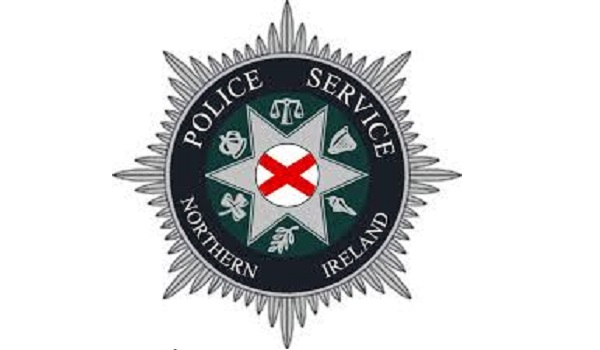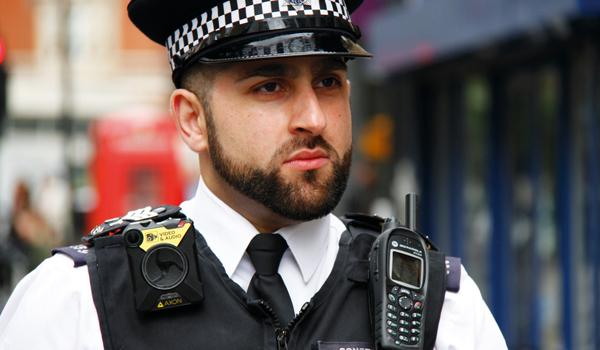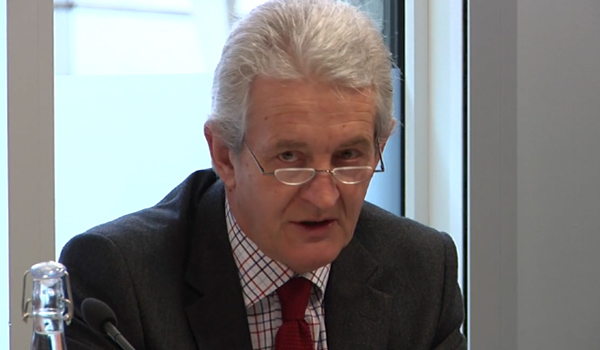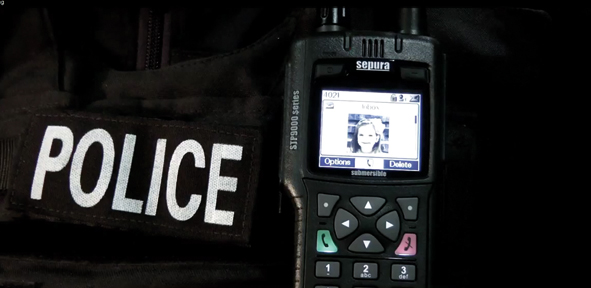Frontline hazard area prediction tool
Security specialist Allen-Vanguard has launched a software application for its Defender and Vanguard bomb disposal robots which predicts and illustrates CBRNE (chemical, biological, radiological/nuclear and explosive) hazard areas around a suspect device.

Security specialist Allen-Vanguard has launched a software application for its Defender and Vanguard bomb disposal robots which predicts and illustrates CBRNE (chemical, biological, radiological/nuclear and explosive) hazard areas around a suspect device.
The ROV-Track CBRNE hazard prediction is based on data compiled by meteorological and CBRNE sensors integrated with the ROV and transmitted to the command console. Scene controllers are provided with a clear visual display of potential down-wind exposure enabling the formulation of a safe and effective response.
Continual recalculation based on prevailing conditions means that controllers can make decisions based on real-time status.
ROV-Track CBRNE predicts the hazard area based on relevant standards for blast effect, fragmentation and the characteristics of CBRN agents. These standards can be manually updated in line with the users experience and response protocols. Defender has integral GPS and can be fitted with up to four sensors as well as a set of disruptors. The smaller, more lightweight Vanguard can carry two sensors.
ROV-Track CBRNE can function as an independent incident control point management tool for first responders or communicate with central incident control applications. The ability to modify language and maps in line with national standards make it a valuable piece of equipment for bomb squads and first response teams, said Glyn Buckler, sales director at Allen-Vanguard.





